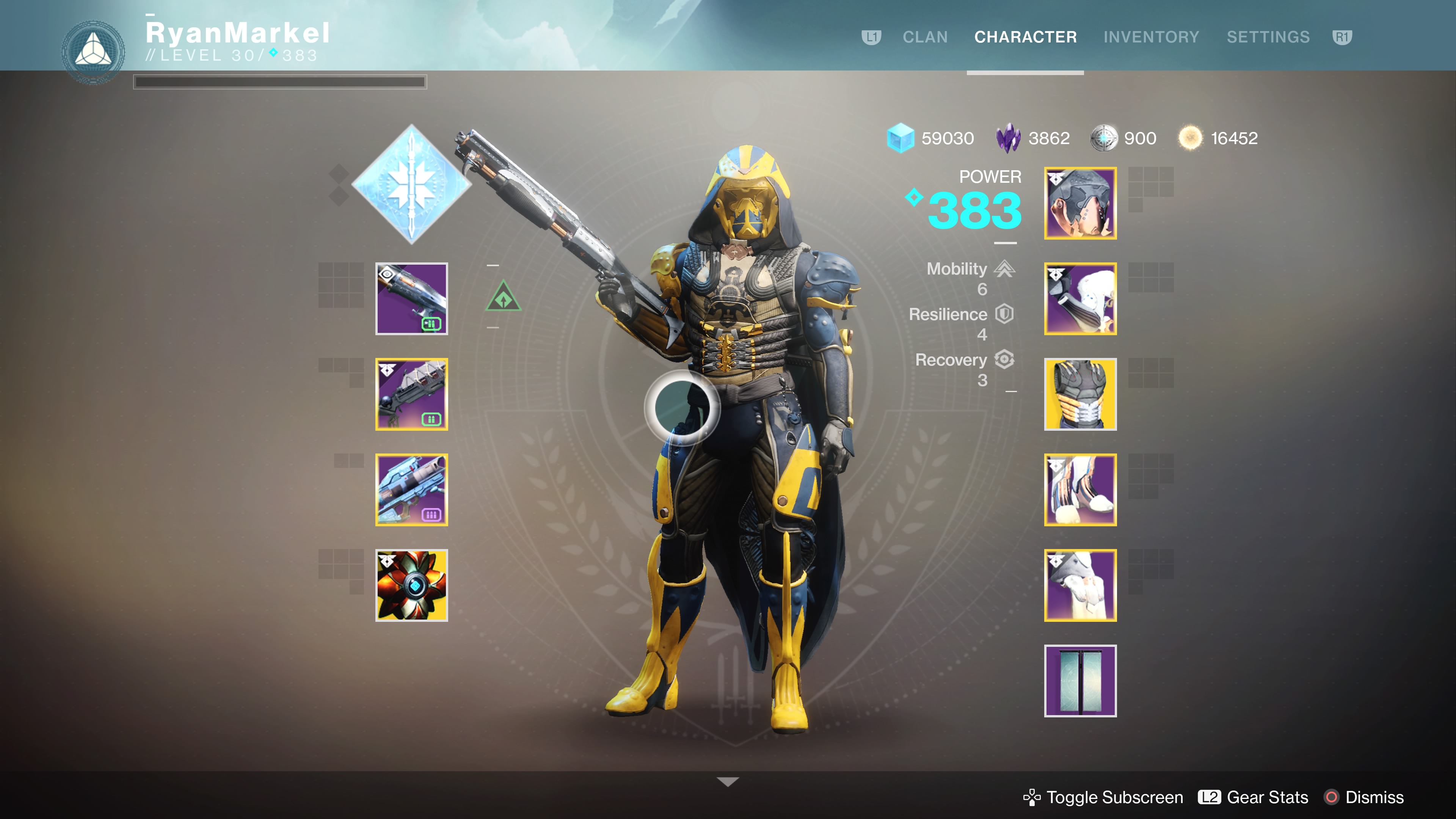A good first start for talking about how to play or watch a game is to begin with speaking of how you win said game. The objective of the game of baseball is deceptively simple:
At the end of nine innings, the team that has scored more runs is the winner.
This is a simple concept for those who have followed baseball for years, but for someone new to the game, I have just introduced three new concepts in that one sentence. We’ll break things down even more over time, but to help you in your understanding of how a game is won, the best place to start is to also teach you how to read the line score.
An Example Line Score and How to Read It
The best example is a real one. Here’s the completed line score as seen on from a game between the St. Louis Cardinals and the Chicago Cubs, played in St. Louis:

A few notes about how the line score is composed:
- The home team (the team in whose city the game is played) is always at the bottom half of the line score. This is not merely cosmetic; the home team is granted an advantage in the game by batting last in each inning.
- At the right end of the line score is the running total for the three basic stats for each team in the game. These are:
- Runs, which are the only scoring tally in baseball and were discussed in the game objective above. A run is scored when a batter successfully reaches each of the four bases in succession and touches home plate,
- Hits, which are recorded when a batter strikes the ball with his bat and successfully reaches base before being put out, and
- Errors, which are officially recorded defensive mistakes where an out should have been made with what is termed “ordinary effort” but the defensive player did not succeed.
- Some line scores will include a running total labeled LOB, which indicates runners who were left on base (or “stranded”) by reaching base but not touching home plate before the end of their team’s offensive half of an inning.
- The remainder of the line score is broken into a grid that shows the number of runs scored in each half-inning. The game starts at the top of the first inning and proceeds from there.
- In this line score, you can see that St. Louis won the game, with the final score being six to one.
Innings
A game of baseball is broken into nine innings. Each inning has a top and a bottom, according to the place in the line score. I’ll put the line score back up so you can see that again:

In the top half of each inning, the visiting team plays offense and the home team plays defense. This continues until the defense records three outs, which is called retiring the side.
After the third out, the teams switch sides and play the bottom half of the inning, likewise until three outs are recorded. The home team plays offense in the bottom half of all innings to give them an advantage, especially in later innings.
As an example, look at the fifth inning in this line score.
In the top of the fifth, the Cubs scored one run before their three outs, and the Cardinals scored two runs in the bottom of the fifth before their three outs.
(We’ll talk more about how outs work later.)
Note that there’s no clock in baseball of any kind. A team is permitted to continue their half of a given inning until three of their players are put out. There’s no limit to the number of batters who come up in a half-inning, and no rule placing a maximum on the number of runs that can be scored.
Two things to note about innings and how they work:
- If a game is tied at the end of the ninth inning, additional innings are added to the end of the game until there is a winner. Both halves of the inning are always played to give the home team the chance to answer any leads by the visiting team. This is called extra innings.
- If the home team has more runs after the top of the ninth inning, the bottom half of the ninth inning is not played. You can see this in the box score above, being marked with an “X”. Similarly, if the home team scores to take the lead at any point in the bottom of the ninth inning or in the bottom of any extra inning, the game immediately ends when that run scores (since there is no point in continuing play).
The Basics
What you’ve read here is the minimum necessary to understand how the game is scored and how your team wins the game. In future posts, I’ll cover more of the concepts listed here, such as how an out is made, how runs are scored, and how teams play offense and defense.
If you have any questions, please leave a comment. I’ll be happy to answer them for you.
Like this:
Like Loading...







